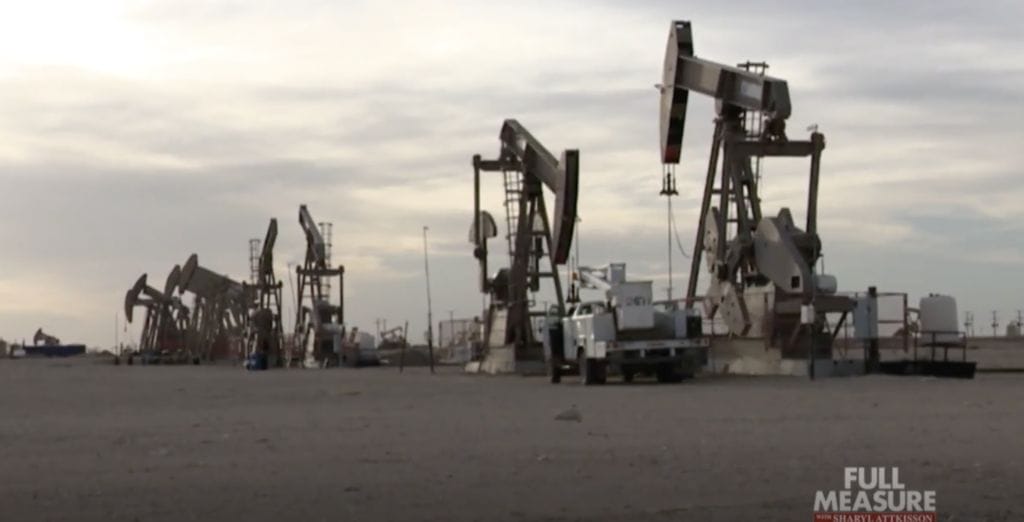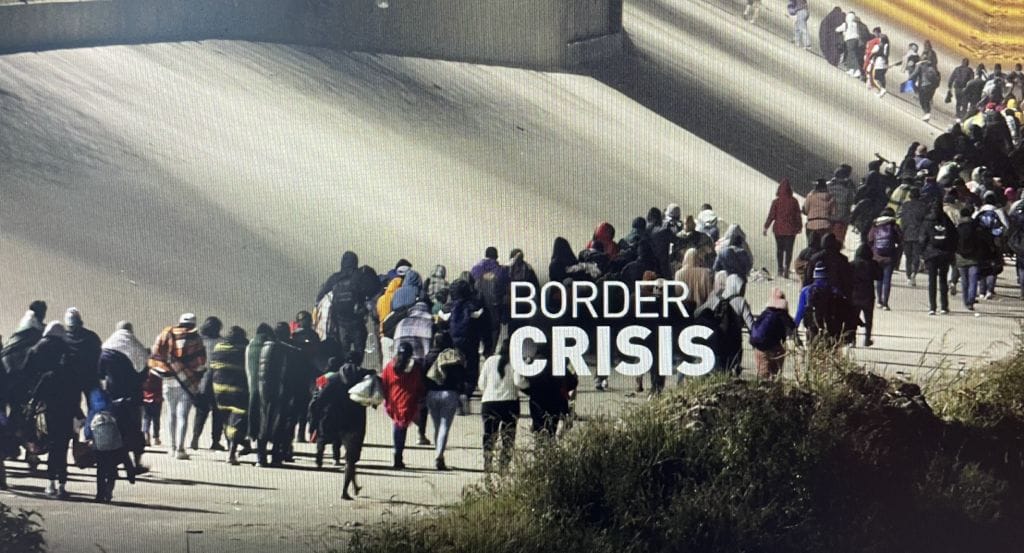Just after the new Middle East conflict erupted, international oil and energy markets began to rise, with oil up 7% in the week after the fighting started. It’s a reminder that whenever there’s increased tension, there’s often an impact at the gas pump. With prices already high this year, many are wondering what happens next. Here’s Scott Thuman.
The following is a transcript of a report from “Full Measure with Sharyl Attkisson.” Watch the video by clicking the link at the end of the page.
Almost as soon as Hamas gunmen rushed from Gaza deep into southern Israel on Oct. 7, international energy markets, led by the price of crude oil, started to rise. Traders around the globe anticipating possible disruption in carefully balanced markets.
The relationship between conflict and energy prices has been evident for nearly a century. Vital sources have played a big part in some wars as countries fought to secure oil for their armies.
In other conflicts, the world’s richest oil fields have been battlegrounds themselves. But the backdrop to this latest Middle East crisis is that prices were already high.
Scott: we have conflict going on, Russia and Ukraine, that’s affecting energy resources. You’ve got the war now in the Middle East with Israel and Hamas. How’s this going to play out when it comes to what people are paying?
Joel Hicks: I don’t think we fully know the answer right now.
Joel Hicks is a research professor at George Mason University. He studies oil and energy.
For most of the Biden presidency, prices for unrefined or crude oil have been going up, rising from $50 a barrel when he took office to an average of around $90 a barrel at the start of this month.
Scott: When we talk about prices — because it’s rare that Americans are satisfied with the cost of energy — there’s always that question, why can’t companies just drill our way out of this problem?
Hicks: So there is — a decision to drill outside of the United States is going to affect prices. Drilling in the United States is going to affect prices. And so we have to understand that our actions are going to affect global prices, but also actions of other players that we can’t control.
The two biggest players in energy that America can’t control are Saudi Arabia and Russia — both part of the organization of leading oil-producing countries know as OPEC+. So far this year, they’ve cut crude oil production by more than 3 million barrels a day. Cutting supply helps to raise prices and profits for oil companies.
Despite the calls for American producers to drill more to help lower prices, America is actually producing at record levels over 13 million barrels per day. That’s up 10% from a year ago.
Hicks: Although I will say energy independence sounds good. In the United States, “Independence Day” has connotations. I get it. It’s just not accurate though.
For Hicks, the key discussion should be around energy security, not independence, because, he says, we’re always going to relying to some extent on other nations.
Hicks: we depend on Mexico to export a whole lot of natural gas. We depend on Canada to take a lot of their tar sand oil and refine it down in the southern states near the Gulf. So it’s absolutely important to understand the fossil fuel, oil and gas industry is interlocked, and we will never be completely economically efficient by just doing everything in the United States.
And given how quickly energy markets respond to world events, it won’t be long until we feel the effects of this latest crisis.
For Full Measure, I’m Scott Thuman.
Watch story here.

The Lemonade Mermaid Store
Unique gifts for Land or Sea Mermaids, Mer-pets and Little Mermaids!
Left: Our signature Fish Scales design tote bag in Citrus



